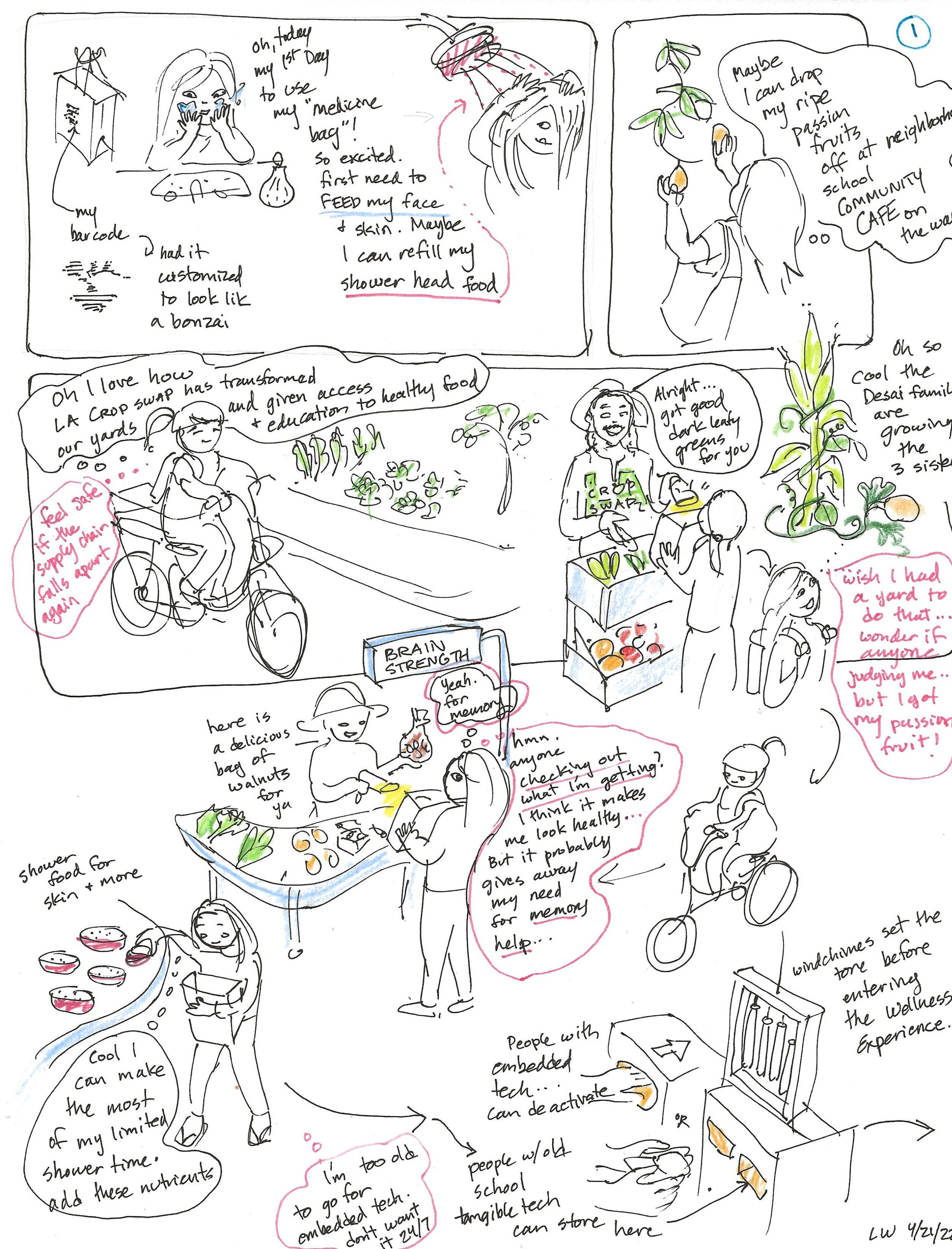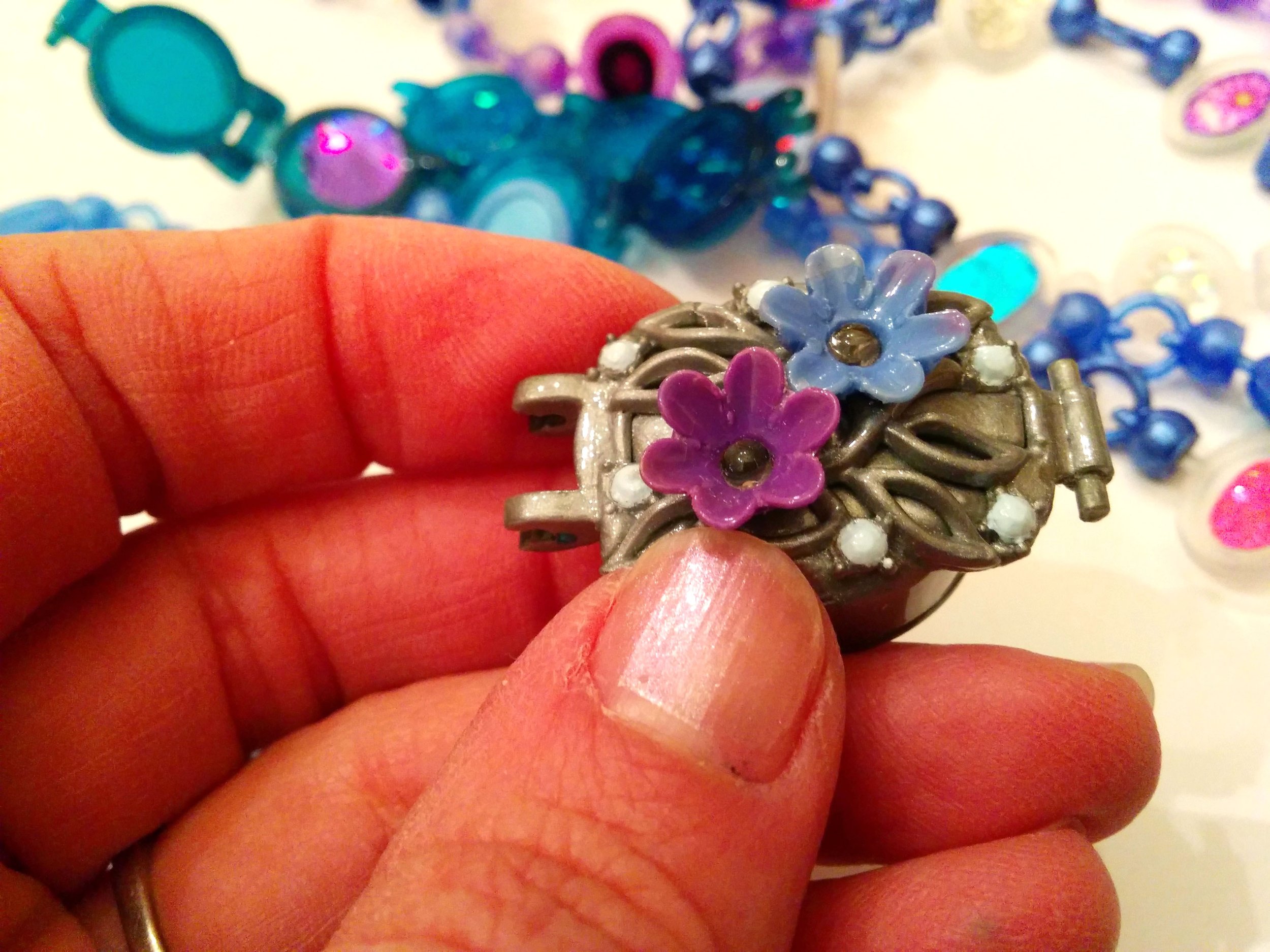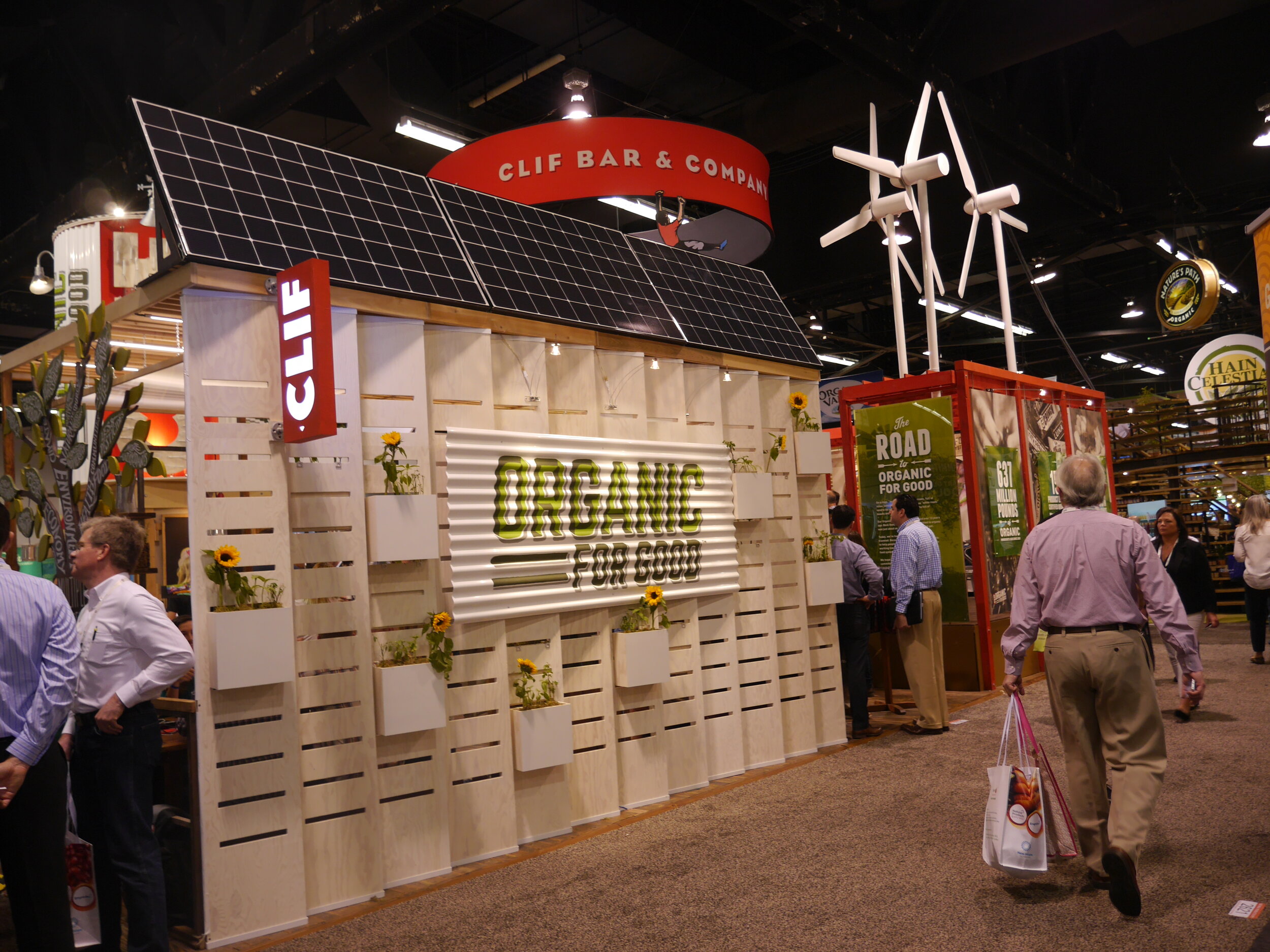
Storytelling
History in helping teams navigate whitespaces by using a range of storytelling methods to rally partners, create a common language and reduce stress. Skilled at creating storytelling that connects with the customer by being conversational and hitting the right tone.
Range of Storytelling Methods
-

Storyboarding
To bring to life future states and scenarios. (Scenario storytelling Urgent Optimist, Institute for the Future Community)
-

Interaction Visuals
To envision digital and physical interactions and steps. (visual for patent storytelling)
-

Frameworks
To visualize and put into context potential directions, outline strategy, or map out journey. (physical storytelling expectations inline with behaviors for Rare.org)
-

Visioning Future
Sketches at low fidelity to sell in overall concept, create momentum and alignment. (Capital One Cafe Hub experience)
-

Looks Like Models
Dimensional models to review aesthetic, test the form and the behaviors users have with the model. (model for toy concept)
-

Works like Model
To test interaction and inform iteration. (Clif Bar concept “works like” packaging - heat sealed foil pouch)
-

Interactive
To engage the guest and allow them digest content at their pace. (Capital One SXSW experience. using a combination of analog illustration with projection mapping animation. Using capacitive sensors, the guest triggers deeper animated content with the swipe of a hand.)
-

Immersive
To transport the guest in physical space into the story - feel it on an immersive level that will be memorable. Responsive content can make the guest feel engaged and in control. (Capital One 25th Anniversary Experience. As guests approaches different zones, visual and audio content is triggered)
-

Typologies
To identify examples of spatial types. (physical digital storytelling within areas with limited space that require nimble deployment and updatable content).
Sustainability stories expressed through in-person experiences
-

Immersive Space
To storytell on a visceral and cognitive level from various distances and modes of engagement in order to create a memorable and inspired experience. (Clif Bar Natural Products Expo booth - storytelling their commitment to organic farming, ingredients, and community. Highlighting authentic stories from organic farmers and success metrics on Clif Bar’s impact on organic farming. Booth has interactive experience for guest to express why they are committed to ORGANICS.
-

Portable
Holistic look at sustainable storytelling - the whole set up reduces to a small footprint and is transportable on its own, materials are sustainable (using repurposed or recycled materials, waste from the product packaging is up-cycled to create useable products like backpacks and wallets (Clif Kids Field Marketing Booth)
-

Mobile
To storytelling through small mobile footprint. Can reach multiple physical sites with small immersive experience (Clif Bar’s 2 Mile Challenge Tour , encouraged people to use bike when traveling 2 miles or less. The biodiesel bus had interior storytelling and an interactive experience to design a bike that was right for your needs).